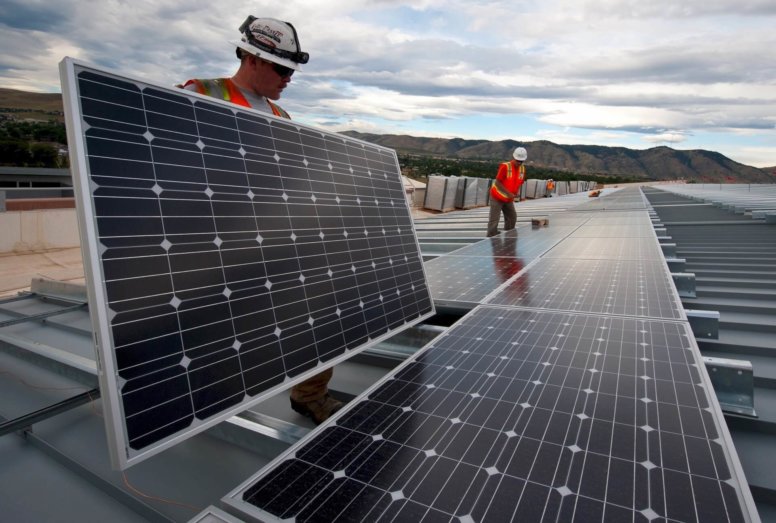
The future of construction in education: lean & green
As educational facilities look to break ground on new buildings or renovate existing ones, two trends are shaping their approach to construction: the emphasis on efficient utilization of space for collaborative and multi-purpose usage and the desire to embrace greater energy efficiency and sustainability. With these priorities in mind, new construction and renovations have a distinct focus, and it’s one that positions schools and universities to better serve their students as well as the wider community in an environmentally conscious way.
The School as Community
Modern educational practices stress the importance of collaboration, real-life experience and flexibility. For schools, colleges and universities looking to build or renovate, this will translate as:
- Multi-purpose spaces: Educational facilities are making increasing use of multi-purpose rooms to maximize space efficiency and create more agile and adaptive learning environments. Construction and renovation will focus on incorporating spaces capable of serving multiple purposes within the school, with features like open floor plans and portable or adjustable partitioning that encourage a wide range of uses and make it easy to switch back and forth between them.
- Collaborative Spaces: Small learning communities (SLCs), cohorts and teams and project-based learning groups are essential components of most educational experiences now, and new construction or renovation will take this into account with the creation of spaces conducive to collaboration.
- Community Spaces: The digital transformation has revolutionized our ability to connect and expanded our idea of community. In the educational world, this has meant the rise of distance-learning, virtual classroom experiences and the opening of school doors to the wider community. Modern construction and renovation will create spaces that can be used not just for multiple purposes within the school, but to interface with the wider community both virtually and in person via academic and enrichment programs.
Sustainable Education
Green construction is as beneficial to educational facilities as it is to the environment, saving schools money in the long-term with increased energy efficiency and buildings better able to endure the test of time and the elements.
The Environmental Protection Agency (EPA), in its 2011 guide Energy Efficiency Programs in K-12 Schools, suggests the following ways schools can go green as they build new facilities or upgrade existing ones:
- Enhancing energy efficiency: Schools can maximize energy efficiency by either commissioning new buildings or retrocommissioning existing ones, upgrading lighting systems, reducing supplemental load energy consumption by installing ENERGY STAR labeled equipment and incorporating more efficient insulation, upgrading the air distribution system and optimizing the heating and cooling systems.
- Using green materials: Choosing recycled materials and sustainable resources reduces waste and environmental impact.
- Turning to renewable energy: Schools that leverage renewable energy sources like solar or wind save money as they reduce their usage of fossil fuels.
Other methods include incorporating rain screen systems which help rain water drain away from the building, supporting energy efficiency and providing protection from the elements.
The Future of Construction in Education
The future of construction in education is lean and green, maximizing the use of space for multi-purpose and collaborative learning and minimizing the impact on the environment. As a leader in the construction of educational facilities, Skepton Construction has extensive experience in building and renovating schools for multi-functionality and energy efficiency. Skepton’s expertise has helped numerous schools in their efforts to apply for Leadership in Energy and Environmental Design (LEEDS) certification, as well as save money and cultivate greater interaction with their local communities.
